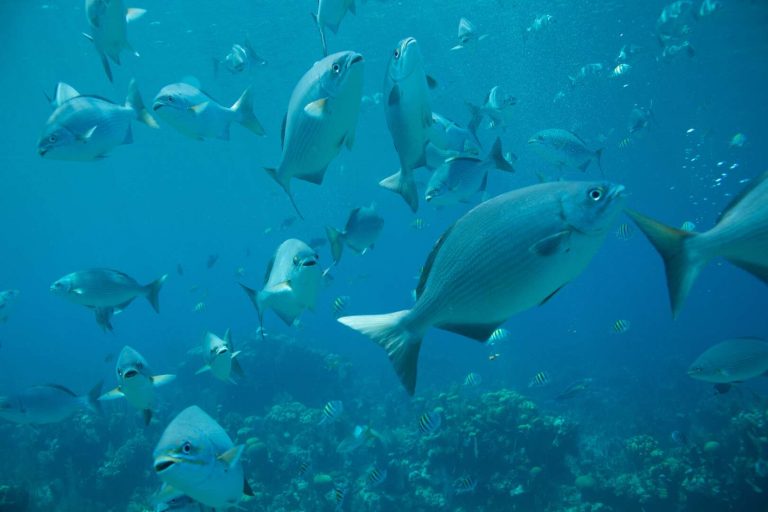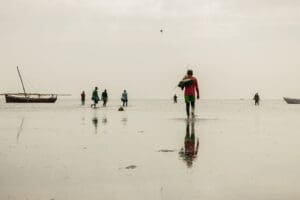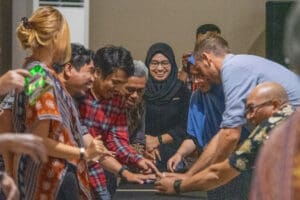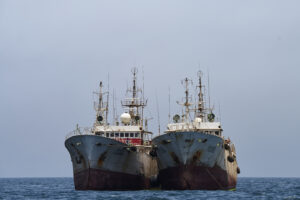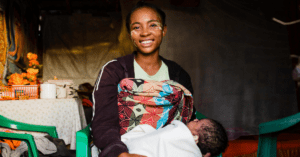Putting communities first is key to an equitable and just 30×30.
Support is growing for 30×30, an ambitious new goal to conserve 30% of the planet by 2030. Large nonprofits and governments all over the world have endorsed it. The G7 group of wealthy nations has backed it. When the parties to the Convention on Biological Diversity eventually get the chance to meet in China next year, 30×30 is likely to be at the very top of their agenda.
We know that more properly managed and funded protected areas are urgently needed to help address the ocean emergency. Yet 30×30 has been met with hostility and suspicion by many human rights activists and researchers. Our sector, they point out, has a long history of forcing people from their lands and fishing grounds in the name of conservation, often violently. As such, trying to protect more of the planet risks more of the same: more violations of fundamental human rights, more conflict, more violence, with these impacts falling disproportionately on those who are the most marginalised and least responsible for the biodiversity crisis.
How to reconcile these two opposing views? How to ensure that fundamental rights aren’t extinguished and equity undermined in the rush to deliver the additional conservation our ocean so badly needs?
We believe that the solution starts with accepting that the best way to protect nature is to protect the human rights of those who live among it and depend upon it. In practice, this means recognising the centrality of Indigenous peoples and local communities to conservation success and developing a robust framework to monitor human rights and equity-focused dimensions. It means recognising that local or collaborative stewardship through OECMs (where practical) should be the principal mechanism by which conservation is achieved in near-shore waters. It means secure tenure for all coastal communities.
It means an explicit commitment to ensuring that the burdens and benefits arising from protection are shared justly and equitably. It means recognising and protecting human rights in general as well as the specific rights of particular groups such as women and youth.
It means sustainable, flexible long-term funding for community-based initiatives, simpler legal frameworks and democratising fisheries data – using digital tools to transform access to information, allowing communities to adaptively manage and rebuild their fisheries
It means establishing open, robust and internationally recognised grievance mechanisms to resolve tenure disputes and ensure community voices are heard and elevated at the international level.
Finally, it means recognising and respecting the rights of communities and Indigenous peoples to not participate in the 30×30 process and not have their territories designated as OECMs or protected areas.
Achieving all this won’t be easy, but it’s key to a 30×30 that benefits people and nature alike, delivering sustainable fisheries, vibrant oceans, and improved food security for over a billion people.
To learn more about our 30×30 work, see our dedicated 30×30 page or download our 30×30 position paper
A version of this article appears in IUCN’s Autumn 2021 issue of Marine news

